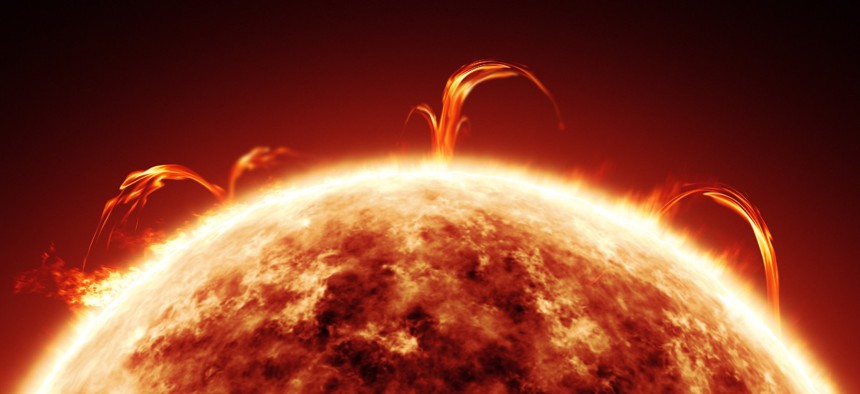Strong Solar Storm Could Impact U.S. Communications This Week

DrPixel/Getty Images
The geomagnetic storm could also make auroras visible in the Northeast and upper Midwest.
A solar storm could disrupt U.S. communications this week and will almost certainly create spectacular views of northern lights—also known as auroras—according to space weather forecasters at the National Oceanic and Atmospheric Administration.
NOAA’s Space Weather Prediction Center estimates the effects of the solar storm—caused by geomagnetic activity on the Sun—will be strongest on Thursday, potentially reaching a G3 designation on NOAA’s scales. Solar storms that reach G3 can cause power grid fluctuations, and irregularities in GPS, radio and satellite communications. The most extreme geomagnetic storms are rated at a G5.
“Geomagnetic storms can impact infrastructure in near-Earth orbit and on the surface, potentially disrupting communications, the electric power grid, navigation, radio and satellite operations,” NOAA said in a press statement. “It can also drive the aurora further south from its usual position over the polar region. Auroras for this storm may be visible, if the weather conditions are favorable, as far south as Pennsylvania to Iowa to Oregon.”
NOAA monitors solar activity largely through a refrigerator-sized spacecraft called the Deep Space Climate Observatory, or DSCOVR. Most solar activity is minor and the Earth’s magnetosphere shields humanity from the effects of charged particles the sun regularly spews into space through solar wind. However, a 2008 National Research Council report concluded that “the most extreme” solar storms could cause trillions in damages by crippling electrical grids and damaging communications systems.






